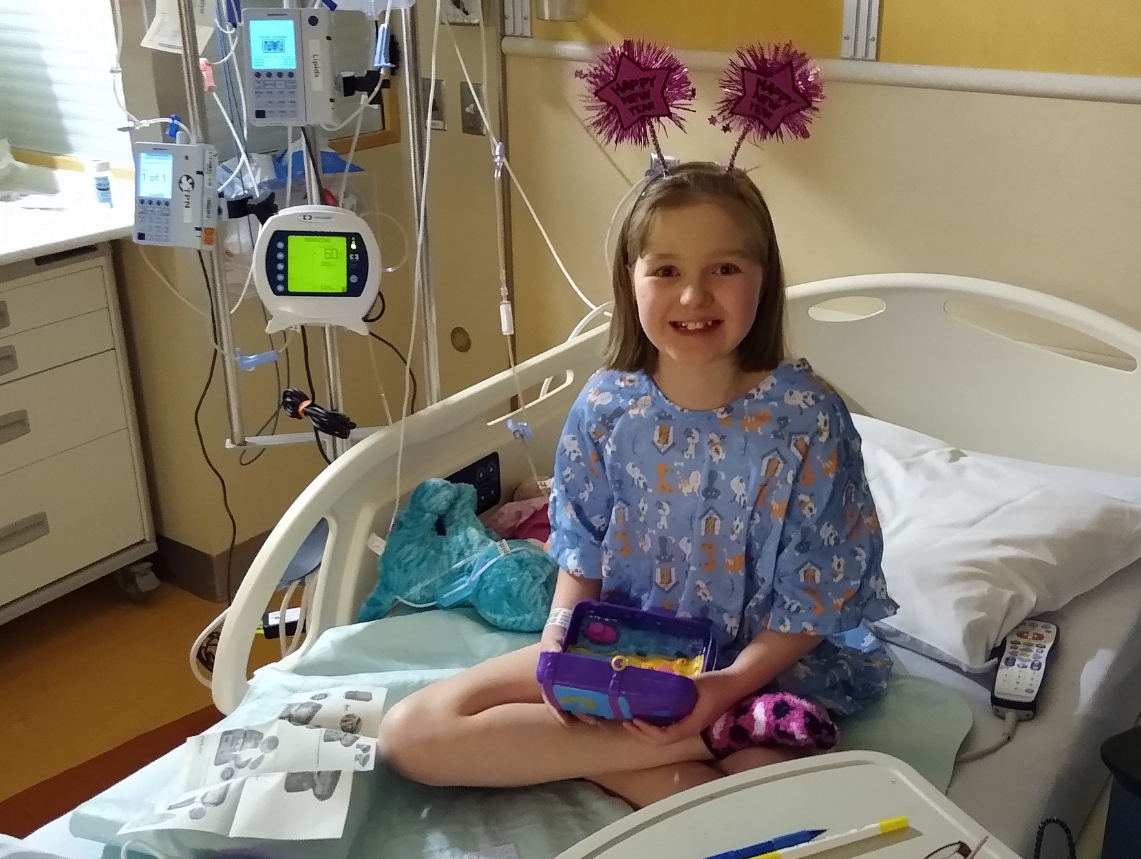Pain
Pain is very complex. Some pain is acute, which means there is a new cause of pain that likely will respond to treatment and improve. Other pain is chronic, lasting for months with on-and-off intensity. Both kinds of pain can cause discomfort for your child, and distress for the entire family. Acknowledging and managing any discomfort your child experiences will likely be your first priority, and it may be hard to focus on anything else until their pain is addressed.

Your Team:
A specialist whose aim is to improve the quality of life of their patients over the course of their illness regardless of stage, by relieving pain and other symptoms of that illness.
A medical specialist in the evaluation, diagnosis, and treatment of pain. Also known as Pain Management Specialists.
Your child’s specialists can assess for pain and help identify the causes. A palliative care provider or pain specialist can coordinate and explain the assessments, and work with the other specialists to monitor your child’s response to treatments. They can also help you decide what treatments are right for your child and family, and act as a sounding board as you care for your child.
It can be difficult to understand what your child is experiencing, especially if they are unable to verbally communicate or have trouble describing their pain experience. Seeing them in distress can make you feel anxious and fearful.
Trust your instinct as a parent. When you identify triggers for your child’s irritability, record what you have learned so that you remember next time and can share the information with the care team. Use photos and video to capture who your child is when they are well and having a good day. Sharing these will allow the team to see how your child behaves when comfortable and thus understand that irritable behavior means something unusual is occurring and needs attention. When you are feeling uncertain, find a trusted clinician who knows your child and can take the time to listen to your concerns and observe your child exhibiting the behaviors that are worrying you.
“Before you can really embark on learning what that child is all about, what that family is all about, nothing that you see is real until a child is out of pain or their symptoms are controlled.“
– Erin F., clinician
“Pain is what the patient says it is, in the way they say it is.“
– Robert M., clinician
Related Resources
-
 What can parents do if they feel their child’s pain is not being understood by clinicians?video
What can parents do if they feel their child’s pain is not being understood by clinicians?video -
 Pediatric cancer, Pain, and Palliative Care: from the parents and the doctors.video
Pediatric cancer, Pain, and Palliative Care: from the parents and the doctors.video -
 Osteosarcoma in an adolescent and ‘Total Pain’: There were all these compounding issuesvideo
Osteosarcoma in an adolescent and ‘Total Pain’: There were all these compounding issuesvideo -
 Lauren's Mom Amy G and Palliative Care MD Erin Faudio
Lauren's Mom Amy G and Palliative Care MD Erin Faudio -
 The Value of Massage Therapy for Your Child (and You!)BLOG
The Value of Massage Therapy for Your Child (and You!)BLOG -
 Managing Pain in Children with Complex Chronic Conditionsguide
Managing Pain in Children with Complex Chronic Conditionsguide